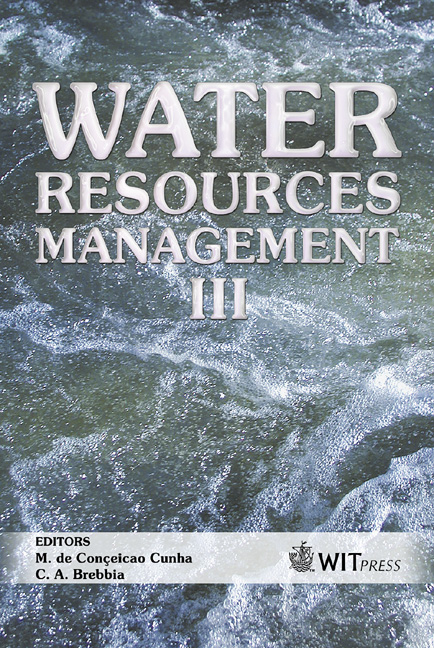Preferential Flow In Surface And Subsurface Soils Of The Recharge Area Of A Groundwater Aquifer
Price
Free (open access)
Transaction
Volume
80
Pages
9
Published
2005
Size
619 kb
Paper DOI
10.2495/WRM050061
Copyright
WIT Press
Author(s)
L. Alletto1,2, Y. Coquet2, P. Vachier & C. Labat
Abstract
Pollution of groundwater by pesticides has drawn attention towards transport processes occurring in soil. Several field and laboratory studies have documented preferential solute transport in soils. In this study, solute transport mechanisms were studied in different soil layers from the surface (plough layer) to 1m depth (clay or limestone layers) of a heterogeneous agricultural field in the Beauce Region, France. According to the results, the soil structure seemed to play an important role in the occurrence of preferential transport. Management of soil structure through tillage practices could limit the risk of occurrence of preferential flow and could limit downward pesticide transfer to the groundwater. Keywords: immobile water content, solute transport, soil structure, tracer, groundwater pollution. 1 Introduction One of the major groundwater resources in France, the Tertiary aquifer of the Beauce region, with an estimated volume of nearly 20 Mm3, is polluted by several pesticides used in cereals production. Understanding the mechanisms of groundwater recharge is essential to assess pollutant transfer to the water table. Preferential flow processes in soil have been well documented [1, 2, 3, 4]. For nonconservative solutes, degradation occurs mainly in the soil surface layer [5, 6, 7]. In subsoil layers and in the vadose zone, degradation rates are generally low [8, 9]. Transport properties in these materials play an important role in the residence time of solutes. In order to better describe field observations, a model of water and solute transport including physical nonequilibrium has been developed by Coats
Keywords
immobile water content, solute transport, soil structure, tracer, groundwater pollution.





